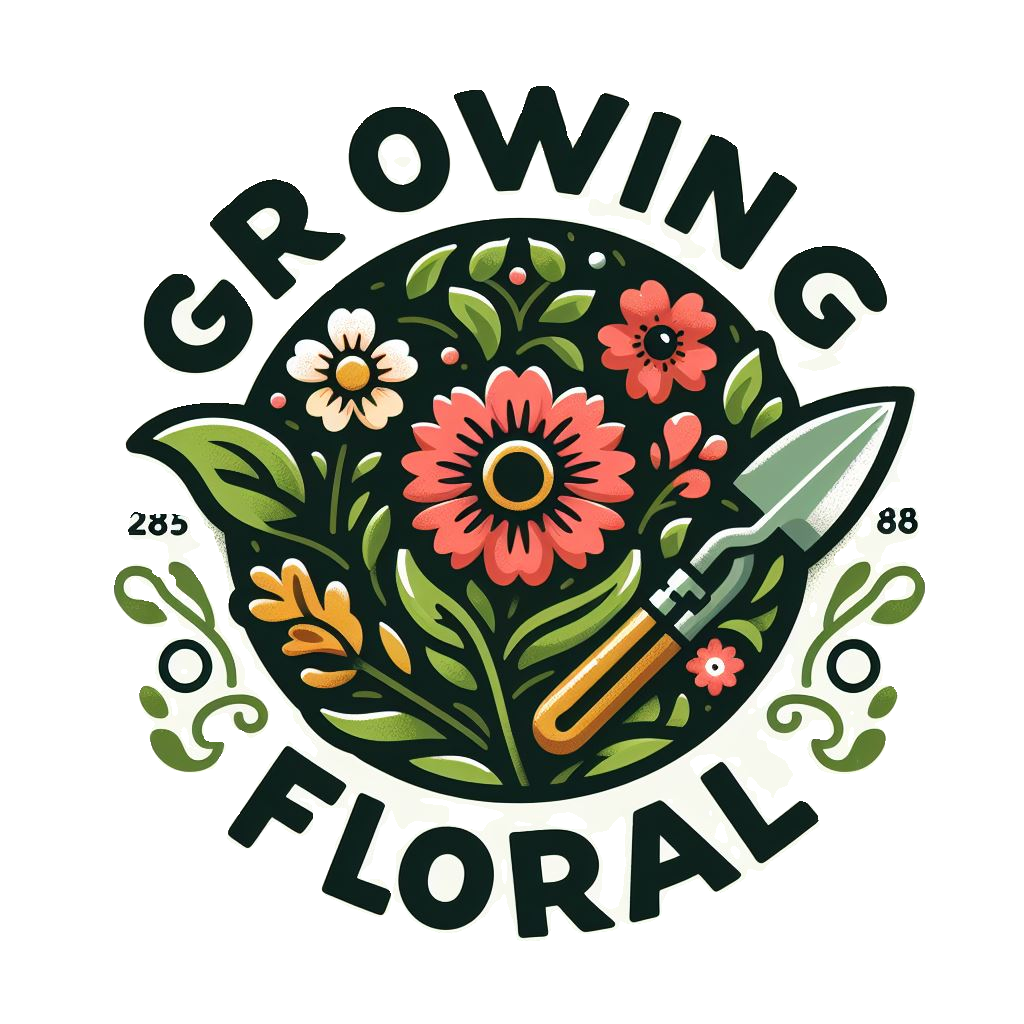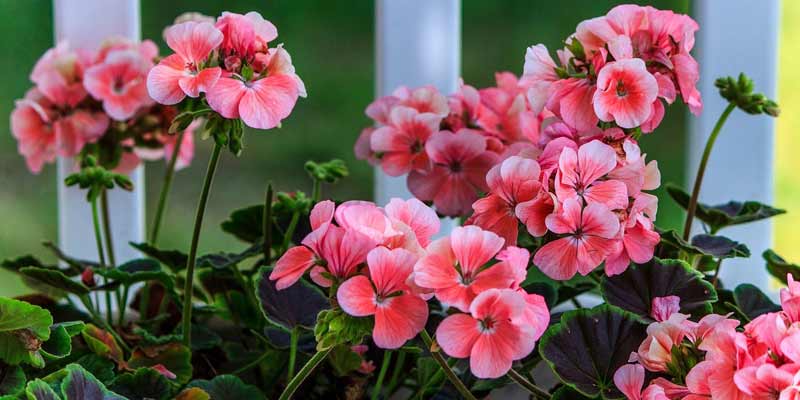Gardeners and plant enthusiasts alike have cherished geraniums for their vibrant blooms and lush foliage. Their resilience and ease of care often garner praise, adding a splash of color to gardens, balconies, even indoor spaces. Yet despite this admiration for these charming flowers, one common question persists: Do geraniums function as perennials?
Unraveling the mystery of geraniums’ perennial nature requires delving into the intricate world of these beloved plants. The query’s answer is nuanced: geraniums encompass a diverse array of species, each with its own unique characteristics and growing habits; indeed, it presents an intriguing graduate-level topic for exploration.
Exploring Geraniums: A Botanical Journey
Belonging to the genus Geranium, geraniums exist as a diverse group of flowering plants that include both annuals and perennials. Over 400 species form this botanical genus, varying from herbaceous perennials to annuals, biennials, and even shrubs.
Yet in gardening contexts, most individuals commonly refer to Pelargonium – known as “scented geraniums” or “zonal geraniums” when discussing these plant varieties.
Pelargonium vs. True Geranium: Unveiling the Distinction
Distinguishing between Pelargonium and true geraniums (genus Geranium) is pivotal for a precise understanding of the perennial attributes inherent in geraniums. Although both share membership within the Geraniaceae family; their appearance, growth habits, and hardiness indeed demonstrate notable differences.
Mostly as tender perennials or annuals in most climates, people cultivate Pelargoniums – the commonly known geraniums for their vibrant blooms and aromatic foliage. Thriving in warm, temperate regions—originating from South Africa—Pelargoniums often serve as bedding plants; they also prosper when cultivated as container specimens.
Conversely, the term “true geraniums” actually denotes a varied collection of herbaceous perennials native to different parts of the world and often called cranesbills. These true geraniums boast delicate five-petaled flowers and deeply lobed foliage, earning them great value.
Differing from Pelargoniums in their hardiness, many species can weather frost as cold-hardy perennials; they flourish across an extensive spectrum of climatic conditions.
Perennial Geraniums: Embracing Endurance and Versatility
Several species within the realm of true geraniums—such cherished additions to perennial borders, rock gardens, and woodland settings—exhibit perennial characteristics: Geranium macrorrhizum; Geranium sanguineum; Geranium Rozanne; and Geranium psilostemon stand out as among the most popular.
1. Geranium macrorrhizum: For its aromatic foliage and low-growing habit, Geranium macrorrhizum earns a reputation: it thrives in environments ranging from partial shade to full sun–showcasing clusters of blooms–pink, white, or lavender–from late spring through early summer.
2. Geranium sanguineum: Commonly known as bloody cranesbill, Geranium sanguineum – with its magenta-pink flowers blooming atop sprawling mounds of deeply dissected foliage – represents the species; it thrives in well-drained soil, demonstrates resilience, and once established, exhibits drought tolerance.
3. Geranium Rozanne: Celebrating its prolific blooming and vigorous growth habit, Geranium Rozanne captivates gardeners with sprawling mounds of sky-blue flowers – delicate white centers adorning them. Thriving in full sun to partial shade, this long-blooming perennial earns renown for its exceptional heat tolerance.
4. Geranium psilostemon: Geranium psilostemon, boasting large saucer-shaped magenta flowers with dark vein accents, injects a daring burst of color into garden borders and cottage-style landscapes; this robust perennial flourishes best in fertile–moist soil—excelling under full sun or partial shade.
Cultivating Perennial Geraniums: 5 Tips for Success
As a novice gardener or seasoned horticulturist, you can find cultivating perennial geraniums to be an incredibly rewarding endeavor. Consider these essential tips for ensuring the success of your perennial geraniums:
1. Selecting the Right Location
Choose a planting site with partial to full sun exposure, ensuring adequate airflow and sunlight for optimal growth and flowering. Perennial geraniums flourish in locations boasting well-drained soil and moderate moisture levels.
2. Providing Adequate Drainage
Proper soil drainage—essential for the health and vigor of perennial geraniums—requires amending heavy clay soils with organic matter: this improves drainage, preventing waterlogged conditions. These can precipitate root rot and other moisture-related issues; thus, ensuring adequate drainage is paramount.
3. Watering Wisely
Perennial geraniums, though they thrive on regular moisture, remain vulnerable to root rot when one overwaters them. Hence the strategy—deep but sparse watering; leaves a slight dryness in the soil between each hydration. During periods of drought, provide supplemental irrigation to prevent dehydration and stress.
4. Pruning and Deadheading
Regular deadheading and pruning promote continuous blooming and maintain the compact, tidy appearance of perennial geraniums. Promptly removing spent flowers along with yellowing foliage encourages new growth development–it serves as a preventive measure against disease spread.
5. Winter Protection
Ensure the survival of perennial geraniums in regions with harsh winters by providing them adequate protection during cold weather. Insulate their roots and minimize frost damage through a strategic application of mulch around the plant’s base. During periods of extreme cold, you should consider covering tender varieties with frost blankets or row covers.
Conclusion
Geraniums, with their timeless beauty and enduring charm, captivate gardening enthusiasts across seasons and borders in the realm of horticulture. They infuse gardens regardless of their perennial nature varying by species or cultivar with vibrant color; fragrance; and vitality without fail each year.
Geraniums, adorning garden beds, containers, or windowsills – epitomize nature’s resilience and adaptability. We should embrace their perennial allure; moreover, cultivate a profound appreciation for these beloved blooms: celebrate their timeless elegance in gardens worldwide – reveling in their botanical splendor.



Leave a Reply